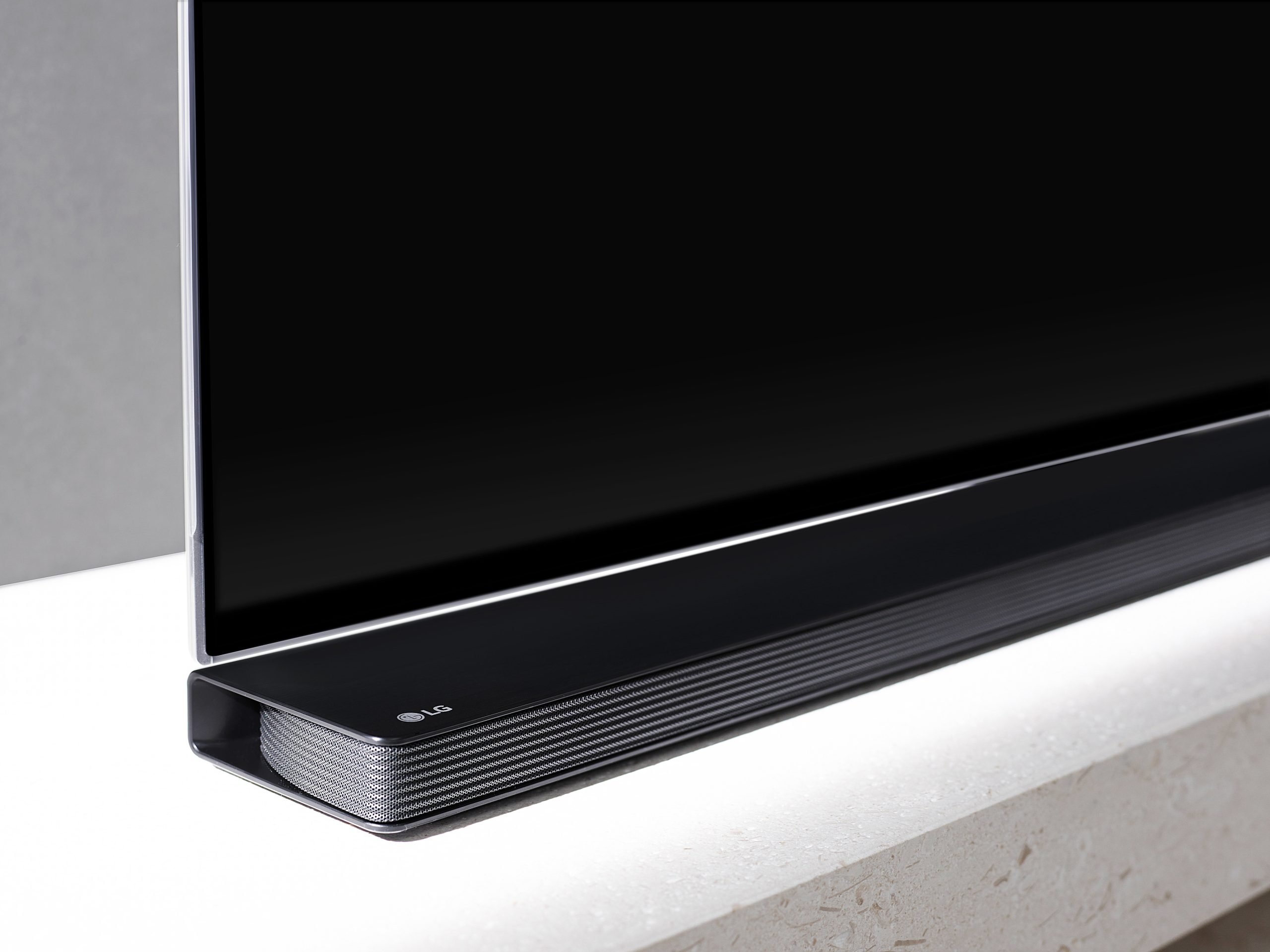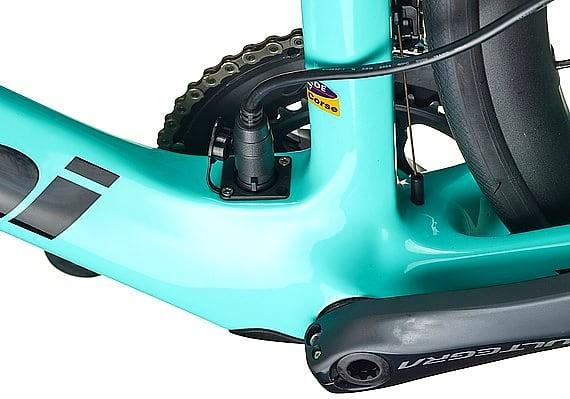Why Are Mountain Bikes So Expensive?

Table of Contents
The realm of mountain biking is an adventure-laden world where adrenaline and excitement run rampant. A journey down a rocky terrain with numerous twists and turns is a thrilling encounter that requires nothing but the best equipment to ensure a safe and satisfactory ride.
However, for those seeking high-quality mountain bikes, the price tag can be a perplexing quandary. With some high-end models costing as much as a petite automobile, it prompts the query: why are mountain bikes so exorbitant?
This article shall delve into the distinct factors that contribute to the inflated price of mountain bikes, such as research and development costs, materials, production costs, and brand reputation. At the end of this discourse, readers will have an enhanced understanding of why mountain bikes come with such a hefty price tag and the worthiness of such an investment.
5 Factors That Affect the Price of a Mountain Bike
The price of a mountain bike can vary significantly depending on several factors, including but not limited to:
The Components of a Mountain Bike
The symphonic cadence of mountain biking is a complex amalgam of diverse elements that operate in unison to produce an unbroken feat. Below are a few of the indispensable constituents of a mountain bike and their significance in regard to efficiency and robustness:
- Frame: The skeletal foundation of the bike is the frame, furnishing the structural bolster that anchors all other components in place. It necessitates sturdiness, buoyancy, and rigidity to withstand the strenuous demands of uneven terrain. Exquisite frames are commonly composed of materials like carbon fiber and aluminum, which offer an equilibrium between tenacity and mass diminution.
- Suspension: The suspension mechanism is accountable for nullifying reverberations and rendering a velvety glide. It incorporates the fork and rear shock absorber, which cooperate coherently to devise a powerful cushioning mechanism. The standard of suspension is of utmost importance to the bike’s complete functionality, and opulent systems can accrue a price tag of more than $2,000.
- Wheels: The wheels are the bike’s intermediary link to the earth, and their caliber exerts a profound effect on the bike’s grip, steadiness, and celerity. Sophisticated mountain bike wheels are assembled utilizing cutting-edge substances such as carbon fiber, furnishing an equilibrium between load reduction and resilience. An assemblage of top-of-the-line wheels can incur a price tag of more than $2,500.
- Brakes: The brakes are imperative for managing the bike’s momentum and guaranteeing the rider’s security. Elite mountain bikes incorporate hydraulic disc brakes, which endow more braking supremacy than mechanical disc brakes. They are enduring and dependable; however, they come with an exorbitant cost, with a complete set accumulating a price tag of more than $500.
- Drivetrain: The drivetrain is accountable for impelling the bike in a forward direction and encompasses the chain, gears, and derailleur. Upscale mountain bikes employ lightweight, tenacious substances such as titanium, ceramic, and carbon fiber to minimize mass and elevate efficiency. A comprehensive deluxe drivetrain can amass a price tag of more than $2,000.
Brand and Reputation
Mountain bike prices hinge on brand and reputation, with some brands developing an image for top-of-the-line, high-quality bikes that justify their costly prices. These brands often embody innovation, cutting-edge technology, and superior performance, which appeals to serious riders.
A robust brand and reputation can elevate a company’s bikes to a premium price range, even if the materials and components used are comparable to other brands. The perception of quality, durability, and performance linked to a brand can be valuable to certain consumers, justifying the added expense.
To ensure the quality and authenticity of a mountain bike, check your bike serial number. Each bike has a unique serial number that can be used to identify its make, model, and year of production. This information can help to confirm the bike’s authenticity and provide insight into its components and materials.
Brands that dictate premium prices based on their prestige encompass Yeti Cycles, Santa Cruz Bicycles, and Specialized. These brands are celebrated for creating top-of-the-line mountain bikes with pioneering technology and features.
- Yeti, for instance, has cemented its status as a fabricator of bikes that can tackle the most daunting terrains;
- Santa Cruz is distinguished for its chic aesthetics and fastidiousness;
- Specialized has been a trailblazer in mountain bike innovation for years, constructing bikes that are both fleet and robust.
Research and Development Costs
Amid the amalgamation of high performance and endurance that characterize mountain bike components lies a labyrinth of research and development. This labyrinth strives to ensure that each component is designed, constructed, and tested to perform optimally in the most arduous terrain. Companies channel copious amounts of funds into the hiring of engineers, designers, and testers to spearhead this process.
Research and development costings can be astronomical, with a considerable portion dedicated to equipment, materials, and personnel. Hiring a team of proficient engineers, designers, and testers to guarantee that mountain bike components satisfy the highest standards of safety, durability, and efficacy can be a laborious task.
This process is fundamental, especially for high-end mountain bike companies that aspire to stay ahead of their competition by continuously improving their products.
For instance, Santa Cruz Bicycles, Trek Bikes, and Specialized Bicycles are reputable for their high-end mountain bikes and are synonymous with innovation. These companies invest heavily in research and development to create cutting-edge products that are unrivaled in the market. Their investment trickles down to the cost of their bikes, which can exceed several thousand dollars, a testament to the quality and level of innovation that their products embody.
Materials
High-end mountain bike components rely upon materials that confer superior performance and endurance. Carbon fiber, titanium, and high-strength alloys such as aluminum and magnesium are prevalent options due to their lightweight and potent disposition. However, these materials entail a high production expense, resulting in exorbitant components.
Steel is also a key ingredient in mountain bike components, renowned for its sturdiness and tenacity. Despite being weightier than other materials, steel is more cost-effective and more comfortable to handle.
Even high-grade steel alloys can be employed to create components that are lightweight and robust. Nevertheless, these may not furnish the same level of performance as lighter materials, making them less prevalent in high-end mountain bike components.
Production Costs
The outlay for producing each component fluctuates depending on a plethora of factors, including outlay for labor, materials, and equipment. Labor outlay for components that necessitate skilled workers, such as carbon fiber layup or frame welding, can be towering.
The cost of materials can also be exorbitant, mainly for top-tier materials such as titanium or carbon fiber. Additionally, specific equipment is required for certain manufacturing processes, which can inflate the expenses.
Some enterprises opt to produce their components in-house, which can help curtail expenses and increase quality control. For instance, Santa Cruz Bicycles manufactures their own carbon fiber frames in-house, which grants them more authority over the manufacturing process and likely lessens costs. Nevertheless, it may not be a viable option for smaller businesses that lack the resources to invest in costly manufacturing equipment.
Final Thoughts
All in all, the pricey nature of mountain bikes can be attributed to a variety of factors, including the caliber of materials used, advanced technology, expenses incurred during production, and the repute of the brand.
While some may perceive these bikes as exorbitant, the cost can be rationalized by the bike’s resilience, performance, and the euphoria it delivers to the rider. Ultimately, the worth of a mountain bike depends on the individual’s distinct preferences and priorities.






